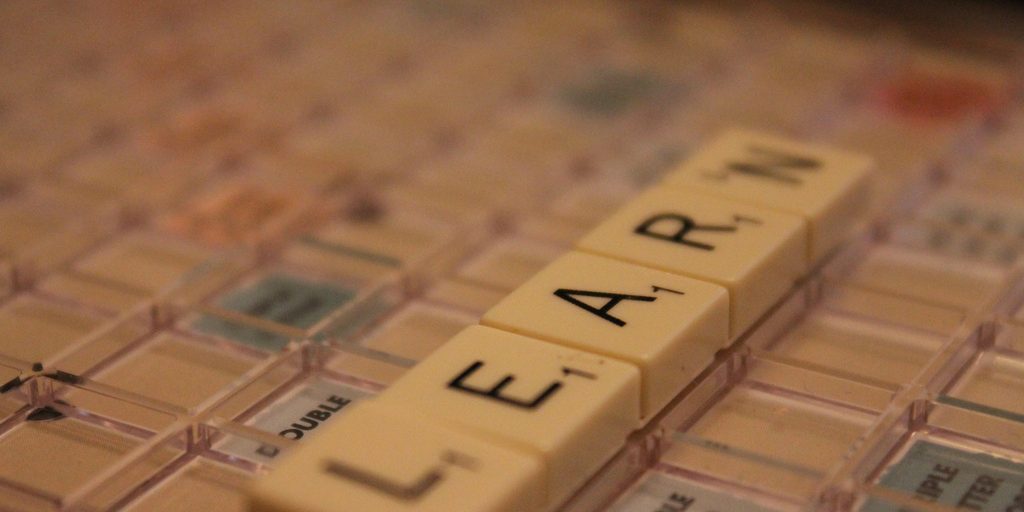The 21st century is the century of complexity. And it is putting on the table challenges that keep all organizations busy and concerned. It is not only about the collaborative, disruptive and digital economy; nor the new workspaces or management practices; nor the difficulty of hiring, growing and retaining talent. IS ALL AT ONCE.
Starbucks is opening a store in China every 15 hours. In the next 60 seconds, 69,000 hours of Netflix will be consumed, 150 million emails and 21 million messages through WhatsApp will be sent; it will be more than 2 million Google searches and more than 50,000 downloads in Apple’s AppStore. It is a cliché because it is true: the world is changing faster than ever, and we are losing the ability to make predictions. The 21st century is the century of complexity. And it is putting on the table challenges that keep all organizations busy and concerned. It is not only about the collaborative, disruptive and digital economy; nor the new workspaces or management practices; nor the difficulty of hiring, growing and retaining talent. IS ALL AT ONCE.
In this scenario, as Eric Ries (The Lean Startup author) says, the only way to win is to learn faster than anyone else. Competitive advantage is not anymore about who makes the first movement, but who can learn more quickly. That was the case in one of my clients in the bank sector. They were losing market share because a new regulation in Spain that allows the consumers to switch between banks easily and it have been drawing an aggressive competitive environment. So they had to offer more value to their customer and learn better ways to retain them.
To do that, what we did was to introduce the Celebration Grid practice. By drawing a Celebration Grid and asking two critical questions, we could look to spread good practices in the future of the bank business while they were learning more and more about their customers.

The goal was to learn quickly at the organizational level and celebrate those experiments that whether results were a successful or unsuccessful the company could learn from them. So we started with all the strategic teams that were working with the customer (6 at that moment) doing every week (on Fridays) a two hours retrospective with the Celebration Grid. I facilitated these sessions, and for each of them, we made sure that they were personal, relaxed and honest. In each session, we started by identifying all the successes and failures we had during the week and grouping them according to whether they were following good practices, experimenting with new options or making a mistake. Then, we meditated on the experiments that failed and those that were successful. Those who continued to be successful for more than a month turned them into good practices. And because our goal was to maximize the number of experiments (which is what leads to continuous learning) we set ourselves the goal of proposing at least two new experiments per week.

After one year of following this practice with getting this results:

As you can see, the experiments grew at a reasonable rate throughout the year. This result was one of our primary objectives in our challenge to develop an organizational learning culture. On the other hand, at first, almost all experiments resulted in failures. We were in a very uncertain environment, but still, we did not stop. From June onwards, the successful experiments began to grow with excellent projection, and we were able to achieve good business results (from a monthly customer loss ratio of 1.5% at the beginning of the year, we ended up at 1.2% on December).
Never let your company stop learning. As Jeff Bezos (Amazon CEO) said once: “what you want to do as a company is maximizing the number of experiments you can do per unit of time.” You can reach that using Celebration Grid.
Image: (c) 2011, C Nelson, Creative Commons 2.0







